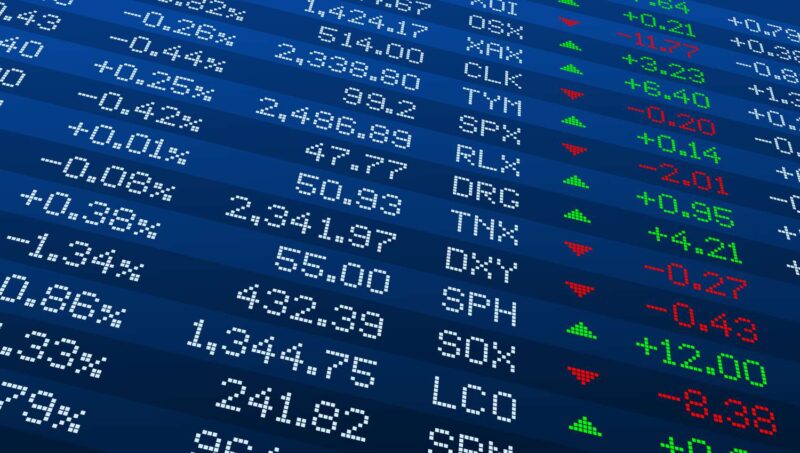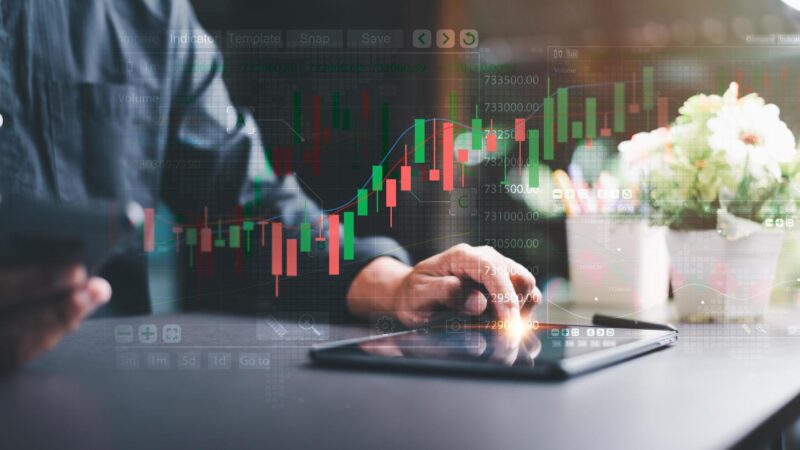Making a large investment in the stock market is rarely about intuition alone. While instinct plays a role, true confidence comes from reliable data. In today’s environment – where headlines travel faster than audits and raw numbers can be skewed by misreporting – investors must slow down, check their sources, and develop habits that keep them grounded in facts.
This article will walk you through structured ways to verify stock market data before you commit significant capital.
You’ll find practical steps, examples, and curated tools to help you make decisions that are as safe as they are strategic.
Why Verification Matters More Than Ever
The sheer speed of financial news often tempts investors into reactionary trades. Yet misinterpreted data, outdated charts, or unverified tips can derail even the sharpest strategy. Analysts stress that unverified stock figures have led to millions in avoidable losses across global markets.
When you verify stock market data, you’re not only protecting your funds, you’re also protecting your peace of mind. Think of it as insurance against impulsive moves. Correct numbers form the baseline for evaluating company performance, judging long-term value, and building a resilient portfolio. Without this baseline, every decision becomes guesswork.
Cross-Checking Data Across Multiple Sources
One of the first habits worth cultivating is cross-checking. Relying on a single website or news feed is dangerous. Reputable investors always compare numbers across at least three independent sources before acting.
- Official exchange websites: NYSE, NASDAQ, or regional exchanges provide the most up-to-date pricing.
- Financial data providers: Bloomberg, Reuters, and Morningstar often include broader context like historical trends and analyst coverage.
- Regulatory filings: SEC filings or equivalent regulatory documents verify whether numbers are reported accurately.
This multi-layered approach reduces the risk of relying on outdated or manipulated data. Think of it as triangulating your position in a storm, you want at least three fixed points before you know where you stand.

Filtering Out Questionable Information
Not all stock-related information deserves your attention. The modern investor is bombarded by blogs, forums, and social media threads filled with speculation. While these channels sometimes offer early signals, they also carry a high risk of distortion.
This is where digital screening tools come in handy. Just as traders use fraud-detection software, readers can use resources like an AI content detector to identify whether a report, article, or forecast is heavily automated and potentially unreliable. Automated text can flood financial forums with noise, so screening it out helps you focus on human-vetted insights.
When you filter with intent, you begin to see clearer patterns. You’ll notice which data points consistently appear across credible sources and which feel more like recycled rumor.
Comparing Key Financial Metrics
Numbers only make sense when placed in context. For large investments, you should review a company’s core financial metrics side by side. The following table summarizes the most commonly verified elements:
| Metric | Why It Matters | Where to Verify |
| Earnings Per Share (EPS) | Reflects profitability per share | SEC filings, company reports |
| Price-to-Earnings Ratio (P/E) | Gauges valuation compared to earnings | Financial data platforms |
| Debt-to-Equity Ratio | Shows leverage and risk exposure | Annual reports, balance sheets |
| Dividend Yield | Indicates cash return to shareholders | Exchange websites, brokerage portals |
| Free Cash Flow | Tracks liquidity and growth potential | Official filings, audited reports |
Cross-referencing these numbers keeps your decision grounded in reality. A single metric may look attractive, but when seen against others, hidden risks often emerge.
Seeking Third-Party Audits and Analyst Notes

Professional audits and independent analyst notes offer another layer of verification. Auditors provide assurance that financial statements meet accounting standards, while analysts interpret these statements into market predictions.
Of course, analyst opinions vary. That’s why it’s smart to read notes from at least two firms with different reputations, one large, one smaller and more niche. This mix helps you understand both mainstream consensus and contrarian arguments. The truth often lies somewhere in between.
Many institutional investors also attend earnings calls, where executives answer direct questions. These sessions are publicly accessible online and are a reliable way to cut through polished press releases.
Building Your Personal Verification Routine
At this stage, the process may feel like a lot. Yet once built, your verification routine becomes second nature. A simple three-step framework helps:
- Gather: Collect data from at least three credible sources.
- Compare: Cross-check core metrics and look for timing gaps.
- Confirm: Validate with regulatory filings, audits, or direct company statements.
Repeat this routine every time you evaluate a large investment. Over time, it will feel less like work and more like a safeguard, something that protects you automatically.
Balancing Data With Human Judgment
Finally, remember that no amount of verification removes uncertainty. Markets are living systems, and risk never vanishes. Your role as an investor is not to find perfect certainty, but to reduce preventable errors.
Verified data gives you a solid foundation. Human judgment, grounded in patience, discipline, and awareness of your own risk tolerance, completes the picture. The best investors respect both. They trust numbers, but they also trust their long-term plan.

Closing Thoughts
Verifying stock market data before making a large investment decision isn’t about distrust. It’s about responsibility. Reliable information shields your capital, your confidence, and your future plans. By cross-checking numbers, screening questionable sources, and paying attention to timing and audits, you build a decision-making process that is steady and repeatable.
The market will always surprise you, but when your decisions rest on verified data, those surprises become manageable, not devastating. And that is the quiet difference between speculative trading and sustainable investing.
